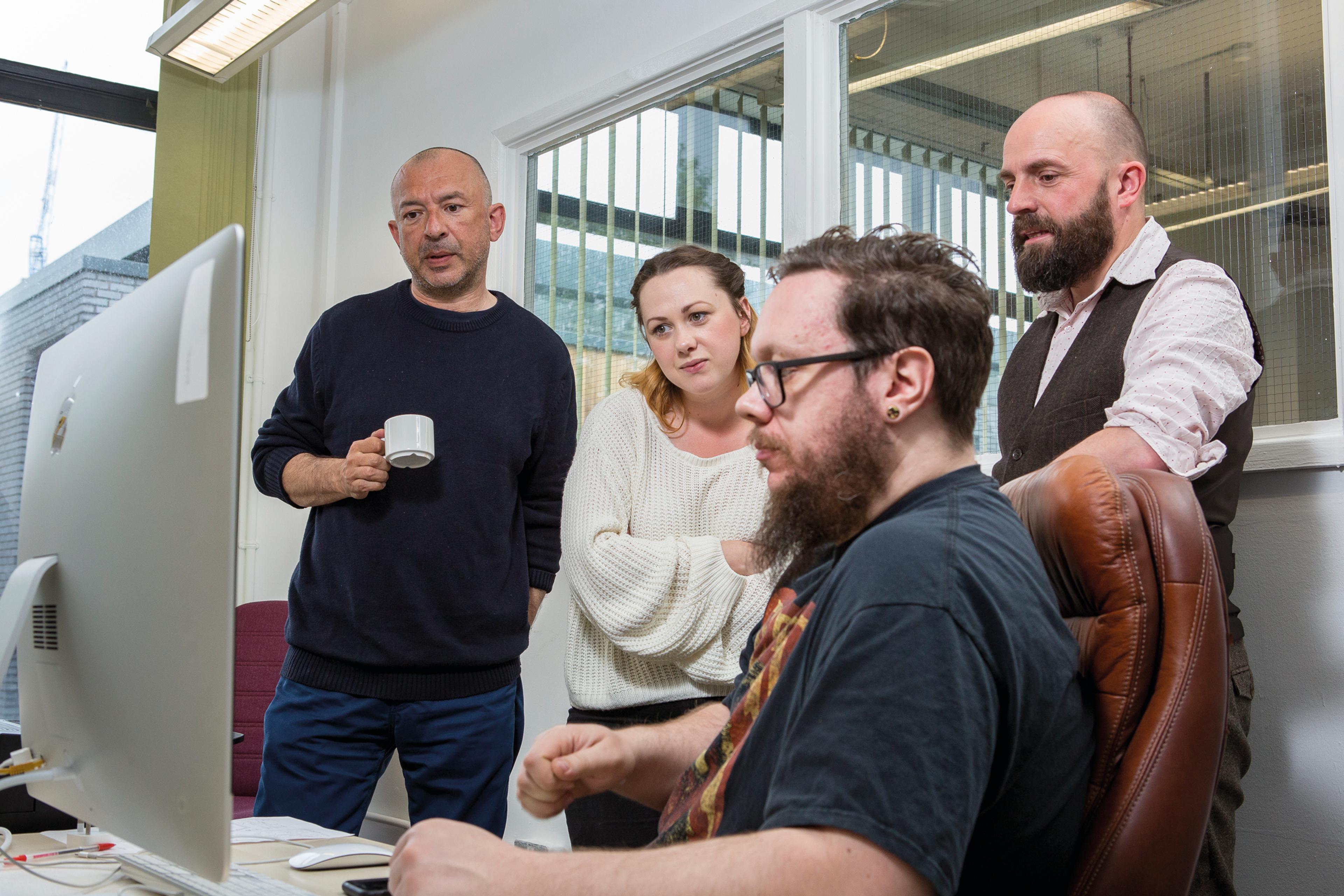She Matters: fighting Australia’s femicide crisis
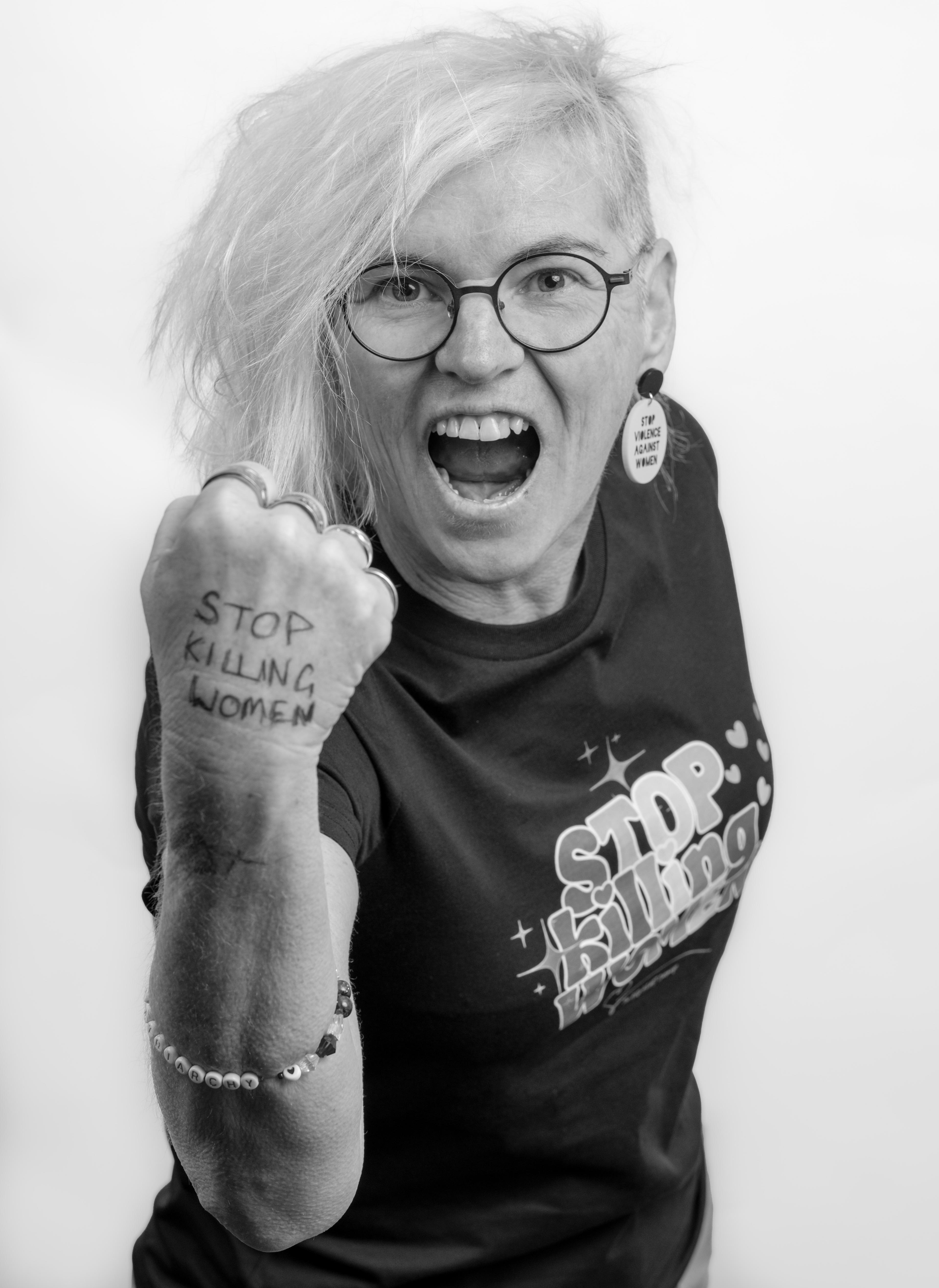
Photo by Suzanne Phoenix
By Sherele Moody
- Street paper news
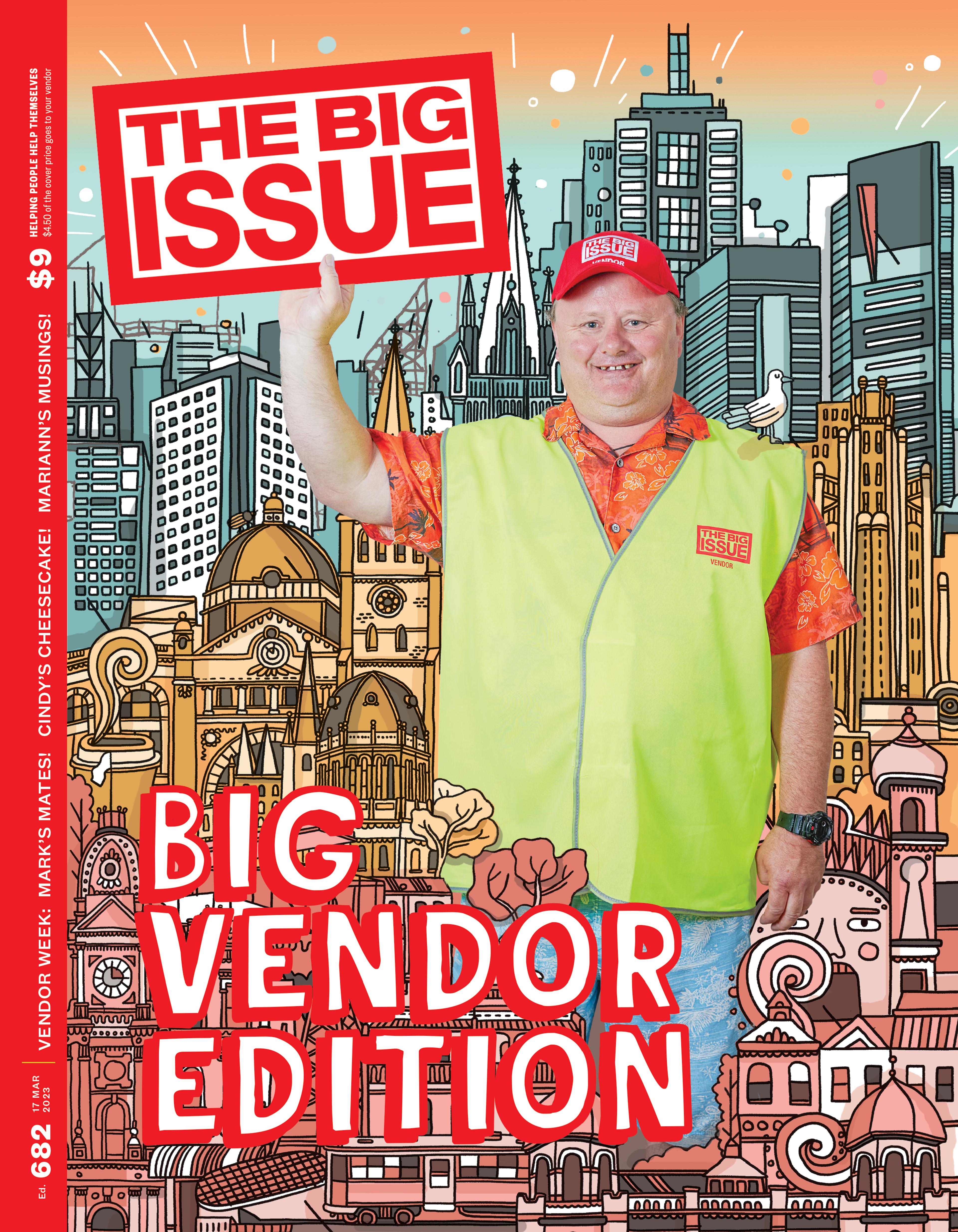
It’s 9:30am on Friday 14 February 2025. Valentine’s Day. I’ve just posted about the 10th Australian woman killed this year. She was allegedly killed by her male partner in what sources close to the investigation say was an attempted murder-suicide. He survived.
Valentine’s Day. A day of romance, love, partnerships. What we don’t talk about is the flipside of this day. The harassment, the abuse, the coercion, the stalking, the violence, the rapes, the femicides.
Valentine’s Day. Christmas Day. New Year’s Day. Good Friday. Anzac Day. Birthdays. Women and children can be murdered on any day – special or not.
22 May 1990. 24 November 1962. These dates are not special to most people – but for two little girls, these were their end dates.
On 22 May 1990, nine-year-old Stacey-Ann Tracy was abducted, raped and murdered in the small Queensland town of Roma.
On 24 November 1962, five-year-old Sandra Dorothy Bacon was abducted, raped and murdered in Townsville, Queensland.
They were murdered by the same man. He was my stepfather.
The thing is, Sandra’s family is almost gone now and Stacey’s family is getting older and smaller too. Soon, there will be no memory holders for either little girl.
I did not know Stacey or Sandra, but their names and faces have been imprinted on my soul for more than half my life. As has the guilt for my stepfather’s actions. The anger. The despair. The deep and sometimes overwhelming sadness. The need to make things right.
I cannot undo what my stepfather did. I cannot bring Stacey or Sandra back. What I can do is ensure that their stories remain accessible for those who love them, and for those who never knew them.
This is why I started The RED HEART Campaign, where I document femicides and child deaths on the world-first memorial to women and children lost to violence.
The RED HEART Campaign began nine years and five months ago as a platform to raise awareness of violence and to give survivors a place to share their stories. It’s grown so much bigger – and so much more important. Over the years, I’ve added the stories of 2000 lives lived – and lost – to the memorial and I now also track the killings of women and children via the Australian Femicide Watch.
For the first two weeks of this year, I was hopeful. We’d come off the back of a year when more women had been killed than ever before, according to our count. In 2024, we lost 101 women to violence. 16 children were also killed.
For the briefest of moments, I believed that we had turned a corner. There were no confirmed violent deaths for 12 days. Then we reached 13 January. On that day, we lost three women – a 51-year-old woman in Alice Springs, allegedly killed by her male partner, and an 81-year-old woman who died alongside her 56-year-old daughter when the car that they were travelling in was hit by another driver in Cloverdale, Western Australia. Three women killed within hours.
The dam wall had broken – three days later, on 16 January, performer Katie Tangey, 27, was killed in Truganina, Victoria. And then: A four-month-old baby boy was killed in Gunnedah, New South Wales, on 20 January.
Community icon Merril Kelly was killed in Quambatook, Victoria, on 21 January. Lilian Donnelly, 88, was killed in Port Kennedy, Western Australia, on 24 January. A two-year-old boy was killed in Tamworth, New South Wales, on 24 January. Nine-year-old Thai-li Ned was killed in Kirwan, Queensland, on 25 January. Rachel McKenna, 35, was killed in Ascot Vale, Victoria, on 31 January. Rachel Moresi, 55, was killed in Mount Gambier, South Australia, on 5 February. An unnamed 41-year-old woman was killed in Alice Springs, Northern Territory, on 9 February. An unnamed 42-year-old woman was killed outside of Orange, New South Wales, on 8 February. Elizabeth Pearce, 24, was killed at Dalkeith, Western Australia, on 15 February.
In just 58 weeks, 113 women and 19 children killed.
We’ve also seen an increase in the platforming and normalisation of men who are not good blokes. Yes, prominent men have always been forgiven for their “indiscretions” – misogynistic attitudes, harassment, domestic violence. But the way in which social media and mainstream media pedestal men with appalling pasts and horrific attitudes towards women has taken a darker turn, and these men have become increasingly influential.
Trump – twice confirmed by a civil court to have raped E Jean Carrol; a self-confessed “pussy grabber”. Now he’s the US president. Again. Mel Gibson – a domestic violence perpetrator. Mike Tyson – a convicted rapist who has boasted about assaulting women. Andrew Tate – arrested on charges of rape and human trafficking, admits to hitting and choking women. Steeped in a raft of other toxic and dangerous behaviours, including inciting men into misogyny. Jordan Peterson and Joe Rogan – so-called alpha males who punch down on women’s rights.
As these men – and others like them – become more normalised and mainstreamed, the rate of violence against women increases. This is no coincidence. When toxic and violent men are platformed, there’s a trickle-down effect: other men believe that it’s okay to harm women. And it’s women who pay the ultimate price.
The people who are most vocal about violence against women are women. No surprises there. My social media feeds and email inbox overflow each day with requests for help from victims of domestic violence and other abuse, and from women who are justifiably angry at the epidemic of femicides, but who feel hopeless about not being able to stop the violence.
Even though last year was one of the most dangerous and deadly for Australian women on record, it seems that our leaders are not getting the message. It feels like I’m yelling into the void.
The work I do is not about data or statistics; it’s about conserving the stories of women and children killed. But this documentation does paint a picture based on numbers.
Of the 101 women killed in 2024, we found all but two of the accused killers were male. About 56 per cent of deaths were domestic-and-family violence related. A further 24 per cent of women knew their alleged killer, but that person was not a family member. In other words, women are far more likely to be killed by someone who they know than by someone they don’t.
At least 79 of the women killed were mums. At least 19 of the women killed were First Nations women, and at least 18 per cent of victims were born overseas.
New South Wales had the highest femicide toll, followed closely by Queensland and Victoria. Tasmania recorded the lowest number of deaths.
There were 11 victims of murder-suicide, and a murder charge applied to about 60 per cent of killings – other charges included manslaughter, grievous bodily harm, assault, and so on.
This year, the same patterns are emerging: 10 of the 11 women killed in 2025, at the time of writing, were allegedly lost to male violence and two of the three children killed were also victims of gendered violence. Many of the victims knew their alleged killers.
I wrote this on Valentine’s Day. No day is a good day to document the killing of another woman. But reporting the killing of a woman, allegedly by her partner, on this day – there’s something intrinsically devastating about this.
Last February, women in Kenya wore black and lit candles on 14 February in “Dark Valentine” vigils, commemorating women lost to violence. They used Valentine’s Day to try to pressure the government into action and to have political leaders call femicide a national emergency.
Perhaps this is what we need to do in Australia. We should turn our “special days” into days of mourning and activism so that our leaders and communities understand how deeply this war on women is felt. Violence against women exists every day – even on Valentine’s Day.
Courtesy of The Big Issue Australia / INSP.ngo
You may also be interested in...
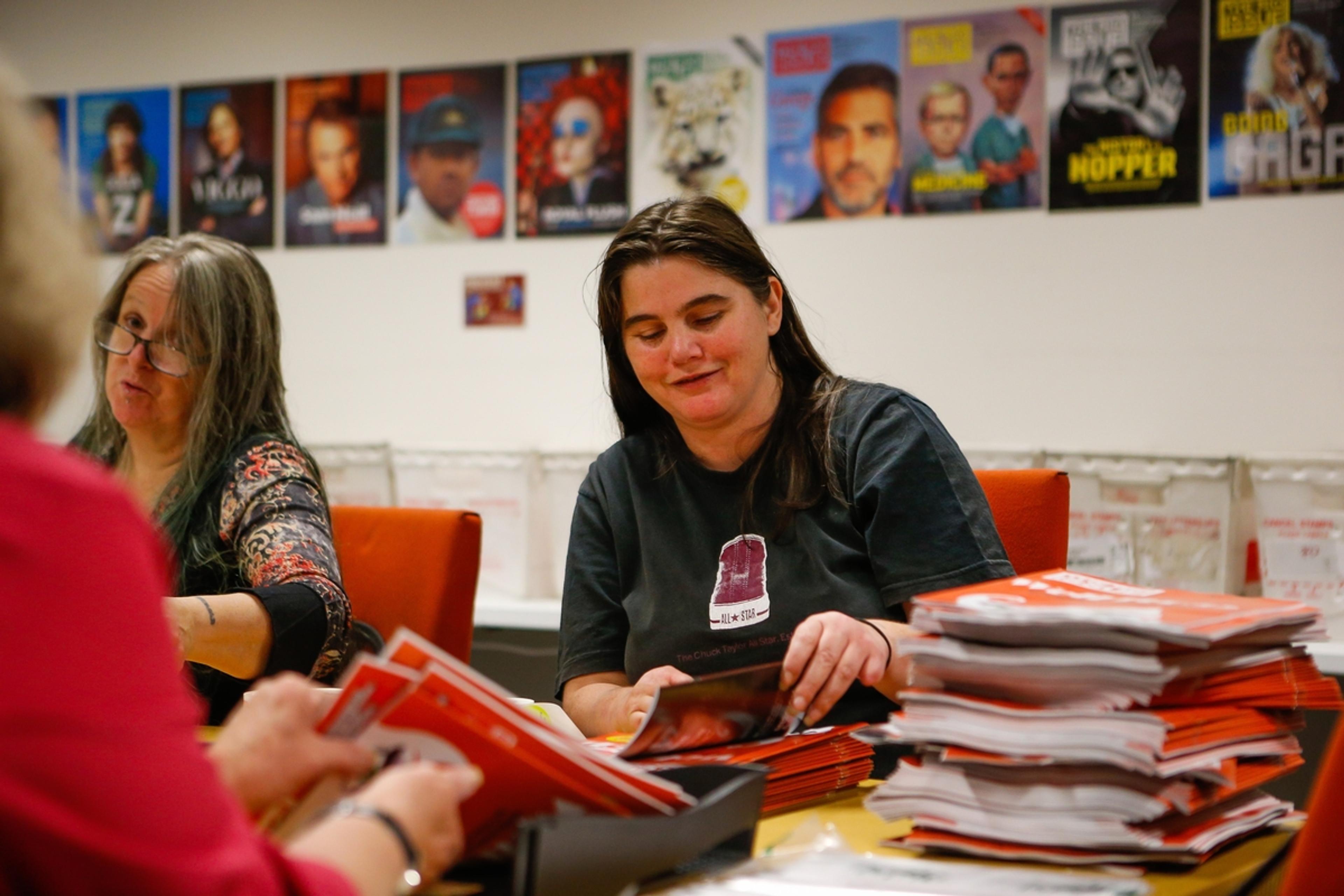
Q&A: How The Big Issue Australia is empowering women through enterprise
Read more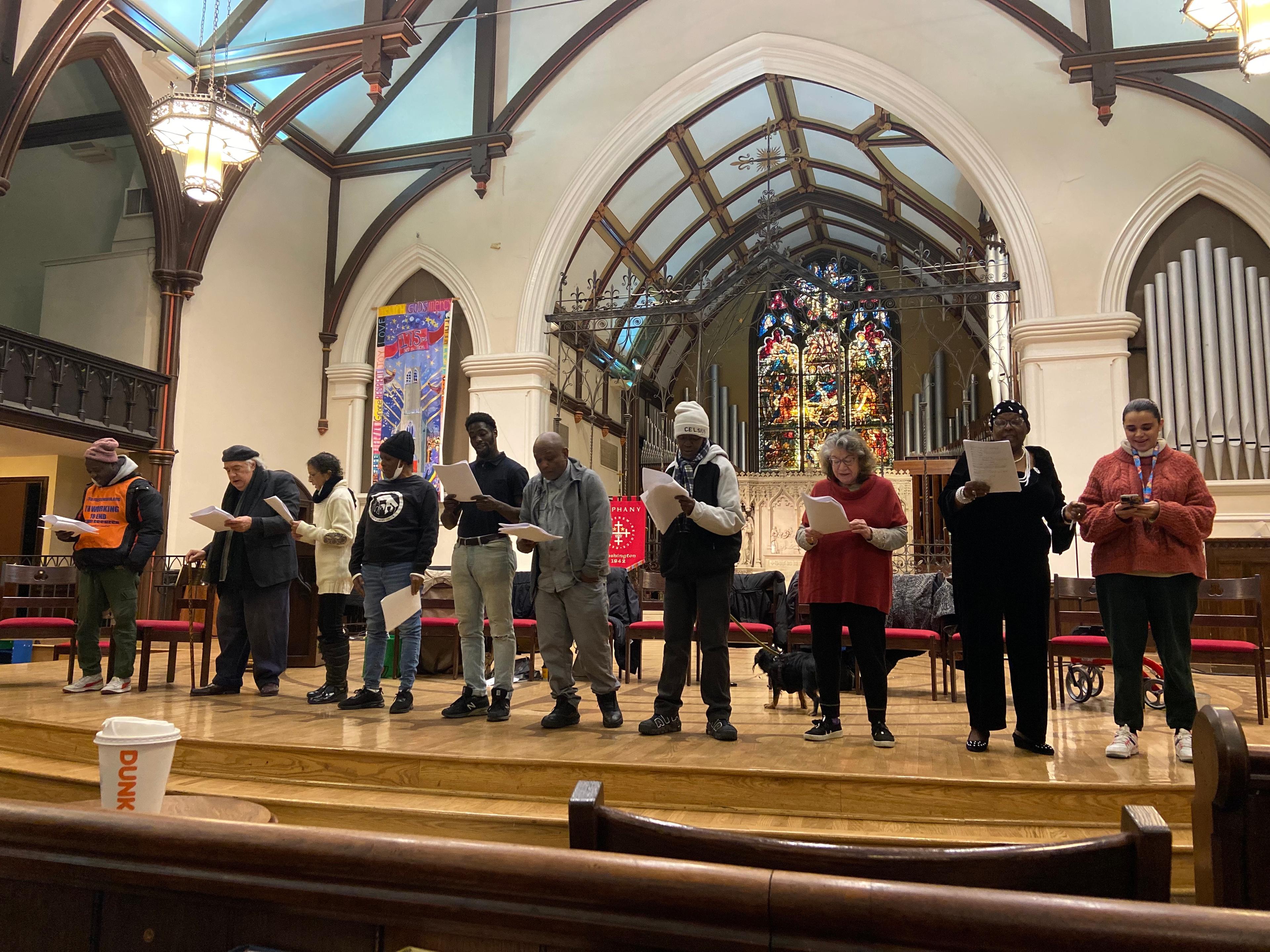
Street Sense Media vendors stage play exploring solutions to homelessness
Read more